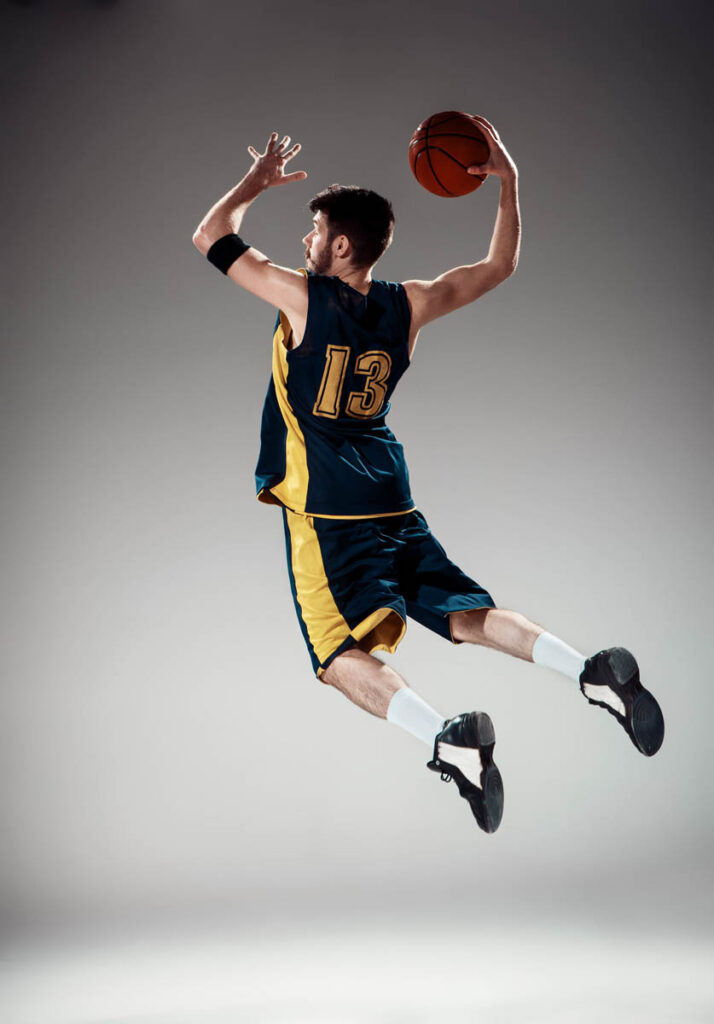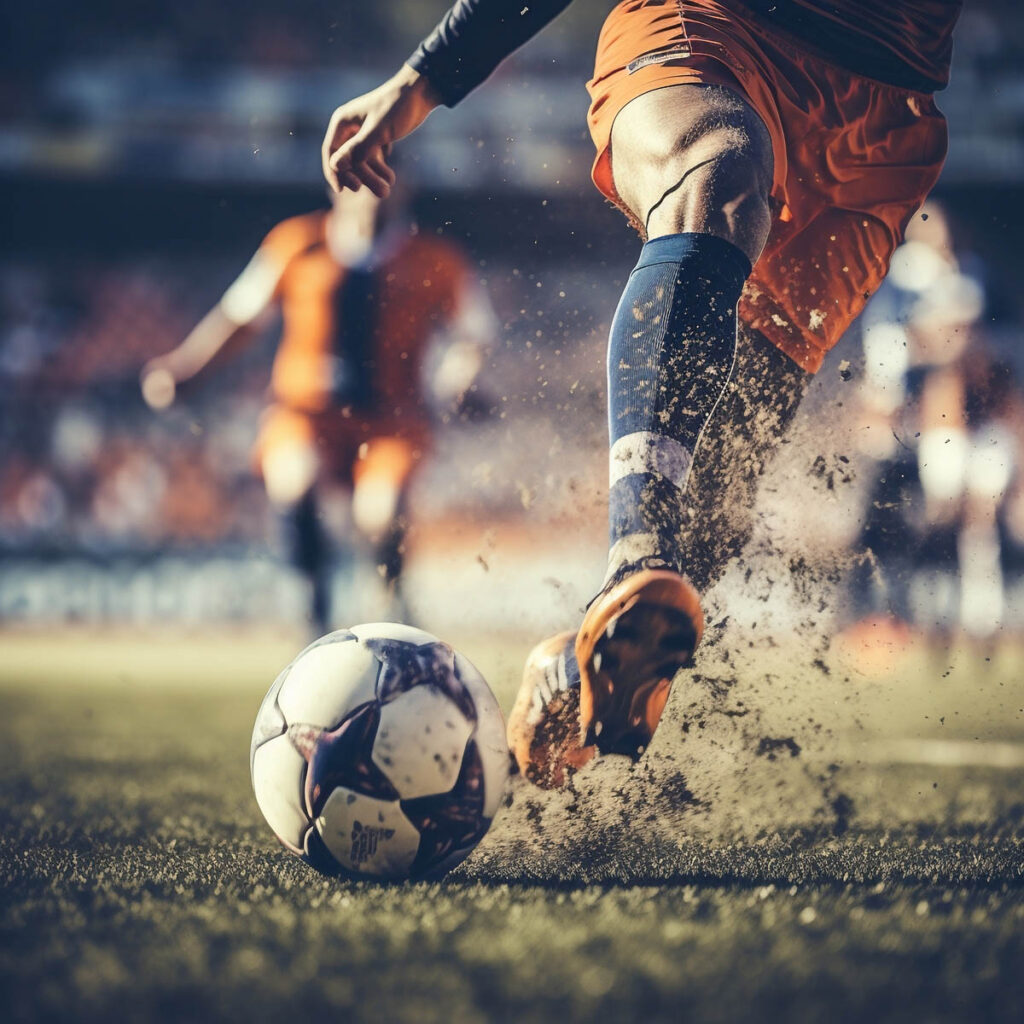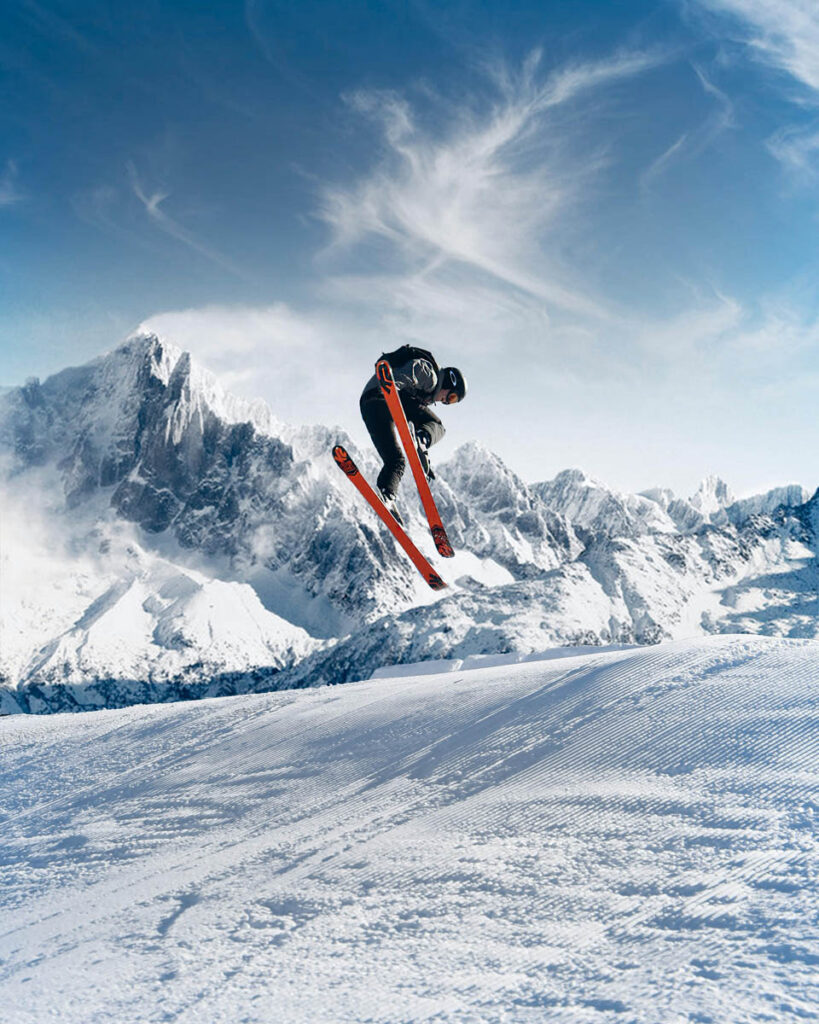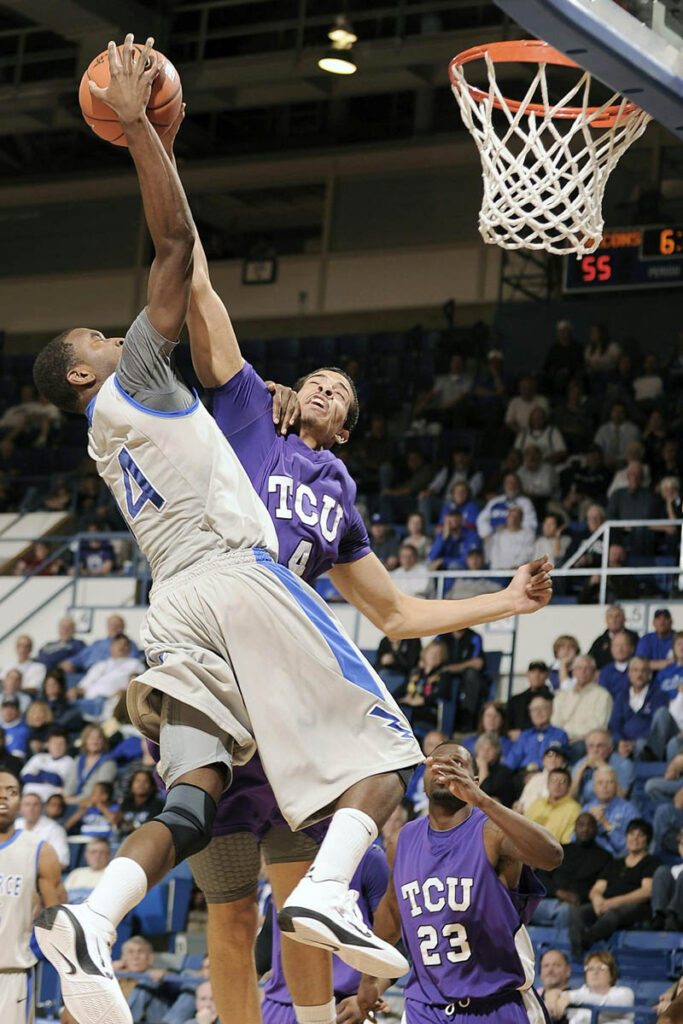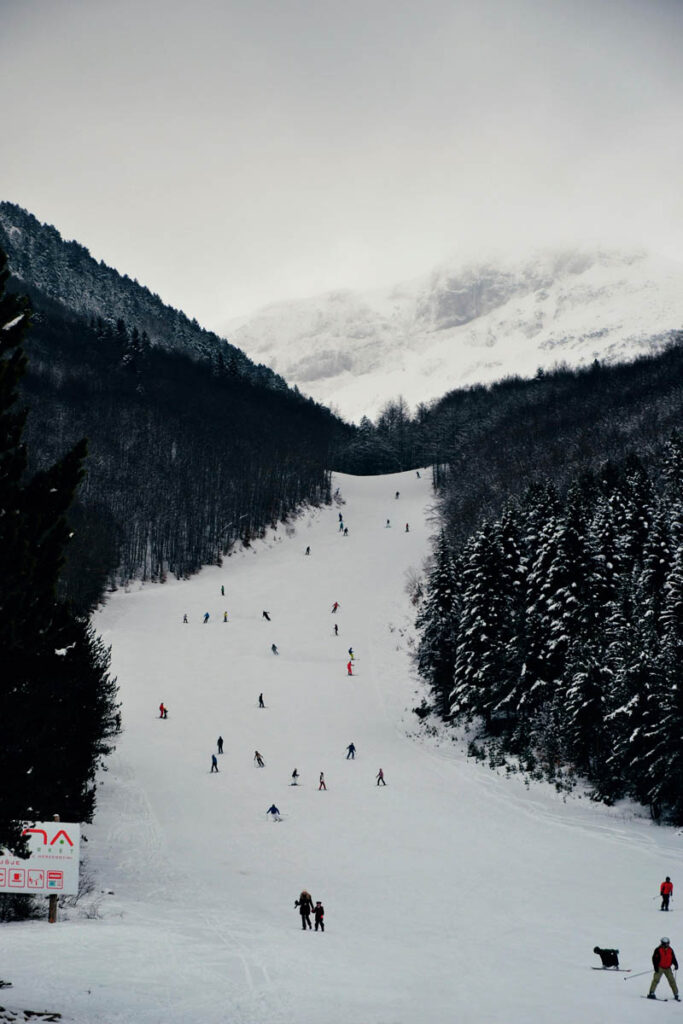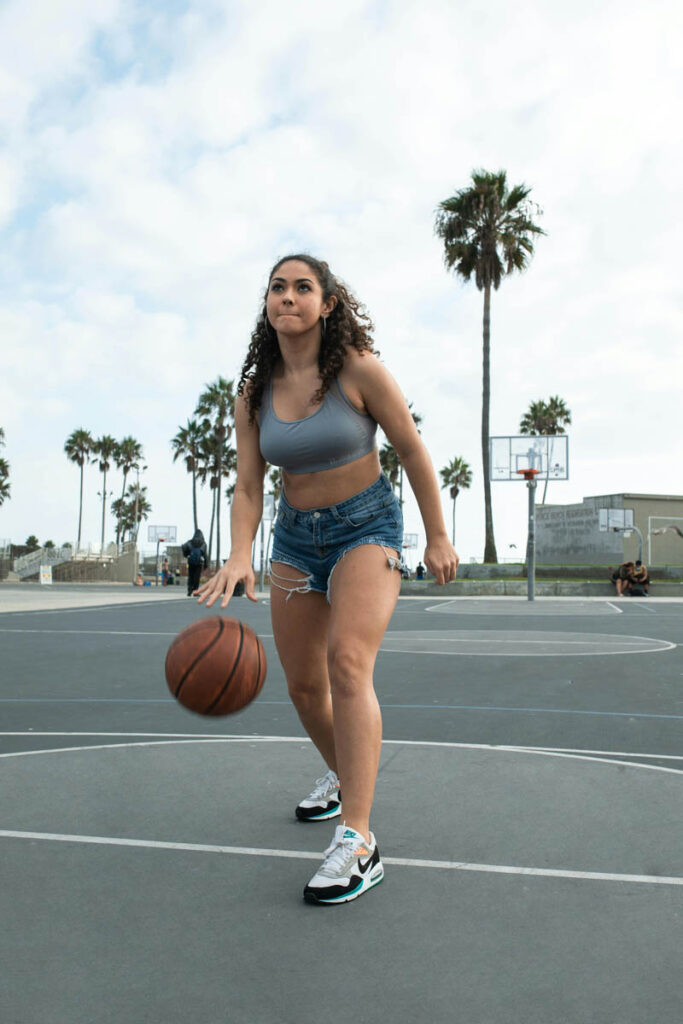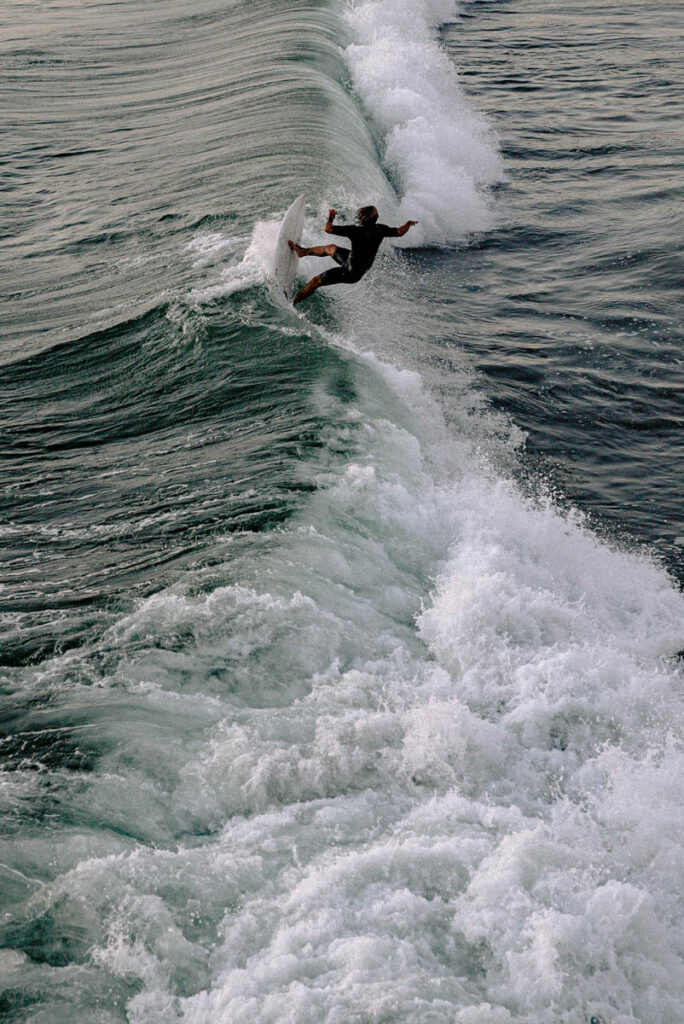Ultimate Guide to Sports Photography
Sports photography is an exhilarating and challenging genre that requires a unique blend of technical skill, anticipation, and a deep appreciation for the athletic spirit. Whether you’re shooting at a high-stakes professional event or capturing local sports games, the ability to freeze a moment in time while conveying the energy and emotion of the sport is what sets great sports photography apart. In this article, we’ll explore essential techniques, equipment considerations, and creative strategies to help you master this exciting field.
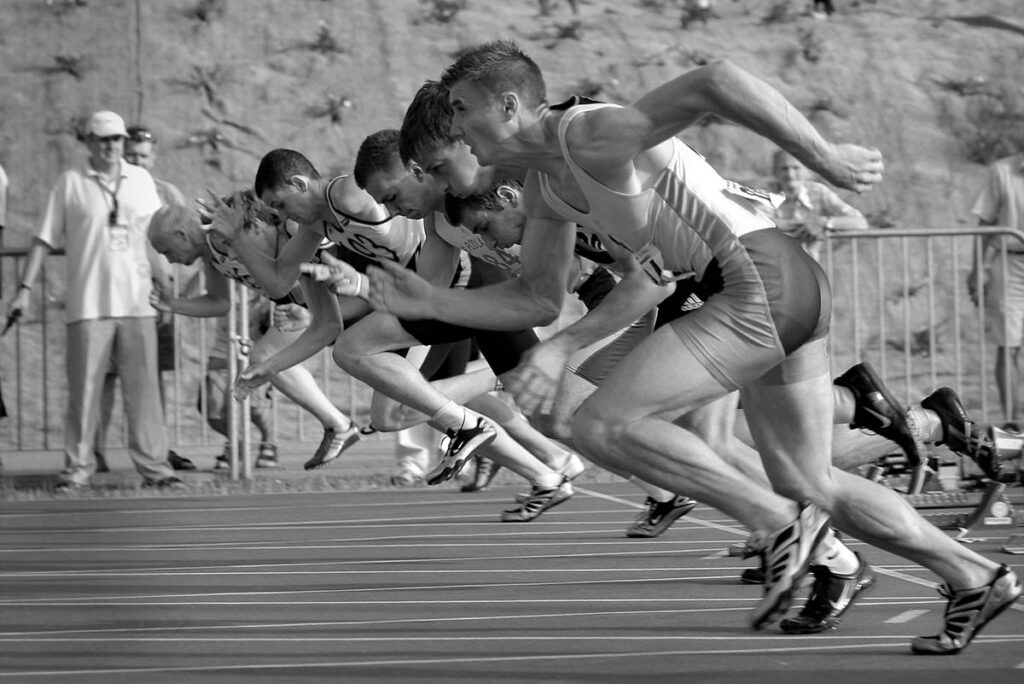
Understanding Sports Photography
The Essence of the Genre
Sports photography is not just about capturing action; it’s about telling a story. Each photograph should convey the intensity, drama, and emotion of the moment, whether it’s a football player scoring a touchdown, a gymnast executing a flawless routine, or a runner crossing the finish line.
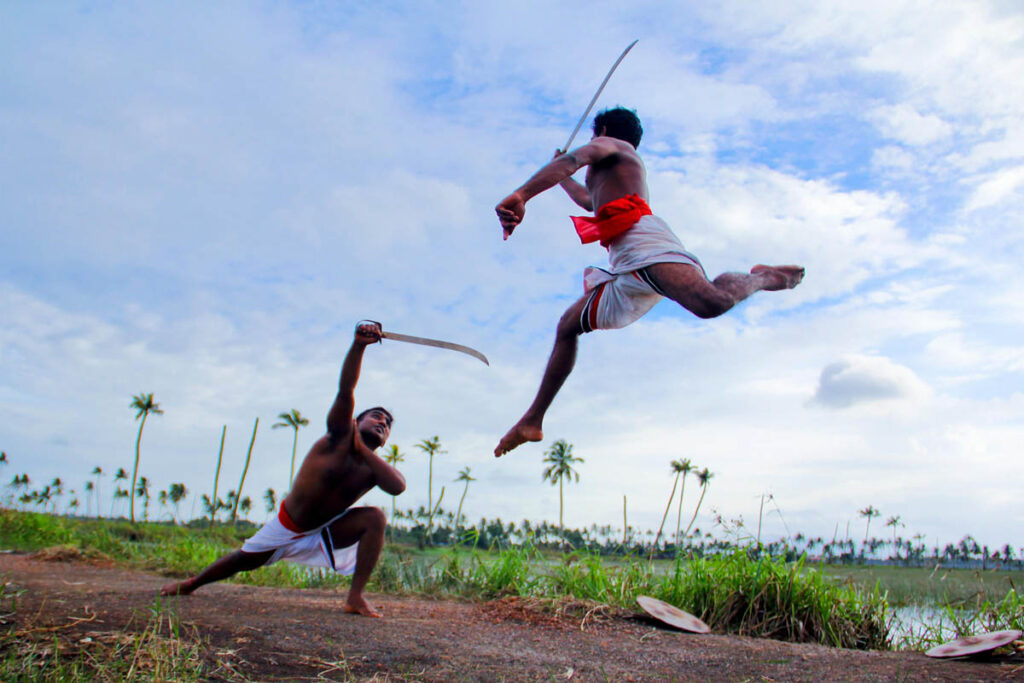
Key Elements to Consider
- Timing: The right moment can happen in a fraction of a second. Anticipating when the action will peak is crucial.
- Composition: A well-composed shot can enhance the emotional impact of an image. Think about framing, the rule of thirds, and the environment.
- Lighting: Sports events often take place in varied lighting conditions, from bright daylight to dim indoor arenas. Understanding how to work with light is essential for achieving optimal results.
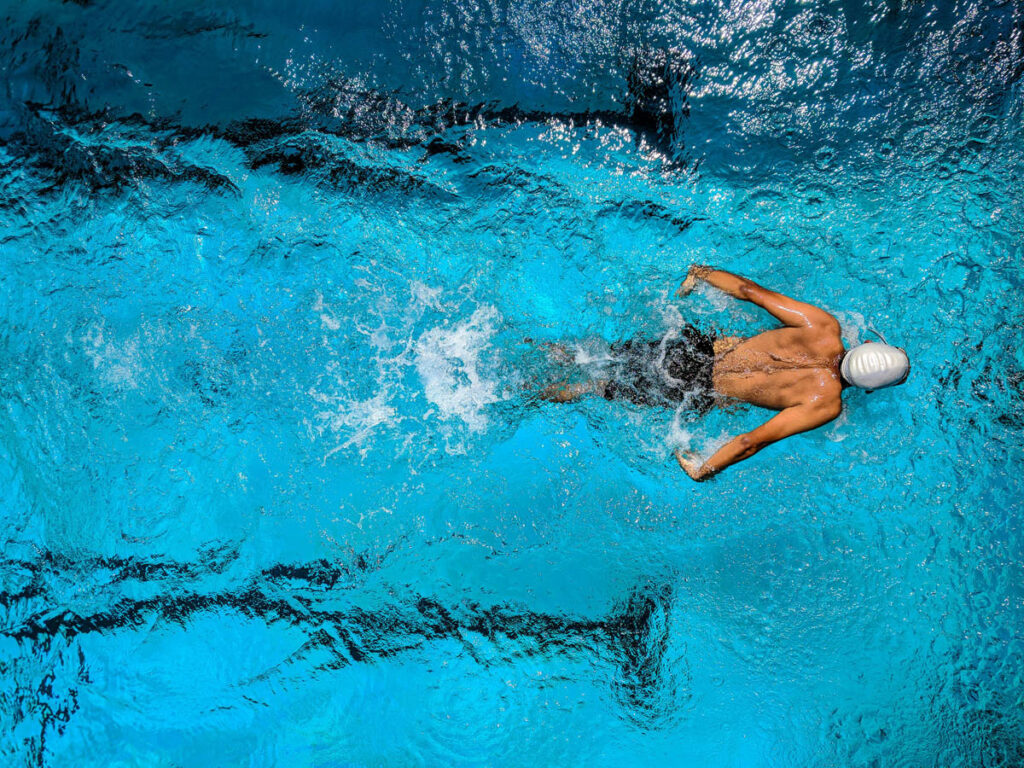
Essential Equipment for Sports Photography
Camera Bodies
For sports photography, a fast and responsive camera is key. Consider a DSLR or mirrorless camera with:
- High Frames Per Second (FPS): Look for models that shoot at least 10 frames per second to capture fast action.
- Fast Autofocus: Cameras with advanced autofocus systems will help track moving subjects.
Lenses
Your choice of lens can greatly influence the quality of your images:
- Telephoto Lenses: A lens with a focal length of 70-200mm or longer allows you to capture close-ups from a distance. A wide aperture (f/2.8 or lower) helps in low-light situations and provides beautiful background blur.
- Wide-Angle Lenses: These are great for capturing the overall atmosphere and crowd, especially during significant moments.
Accessories
- Monopod/Tripod: A monopod or tripod provides stability without being cumbersome, which is particularly useful with heavy telephoto lenses.
- Extra Batteries and Memory Cards: Always come prepared to avoid missing key moments.
Techniques for Capturing Action
1. Setting the Right Exposure
- Shutter Speed: To freeze motion, aim for a shutter speed of at least 1/1000s. In low-light conditions, you may need to increase your ISO.
- Aperture: A wide aperture (f/2.8 – f/4) will help isolate your subject and achieve a nice depth of field.
2. Using Continuous Shooting Mode
Set your camera to continuous shooting (burst mode) to capture a series of shots in quick succession. This increases your chances of getting the perfect frame, especially during fast-paced action.
3. Autofocus Settings
Using AI Servo (Canon) or AF-C (Nikon) modes allows your camera to continuously adjust focus as your subject moves. This is crucial for keeping athletes sharp in action shots.
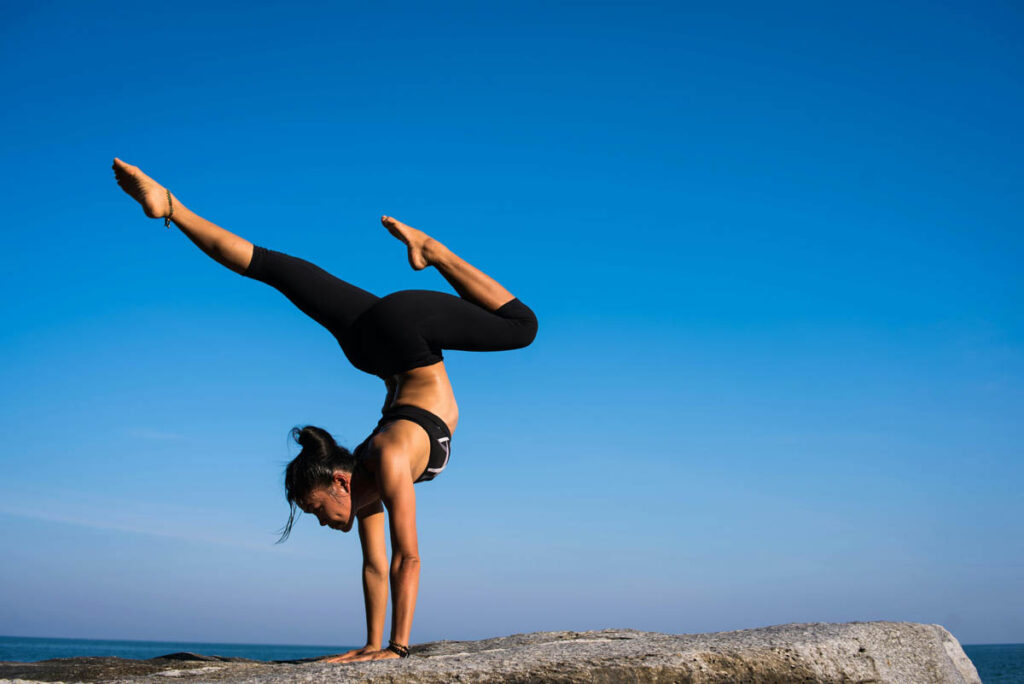
Composition Tips
1. Framing the Action
Using the rule of thirds can help you create balanced and visually appealing images. Position key elements along the intersecting lines to guide the viewer’s eye.
2. Capturing Emotion
Look for expressions of joy, frustration, or determination. These candid moments often resonate more deeply with viewers.
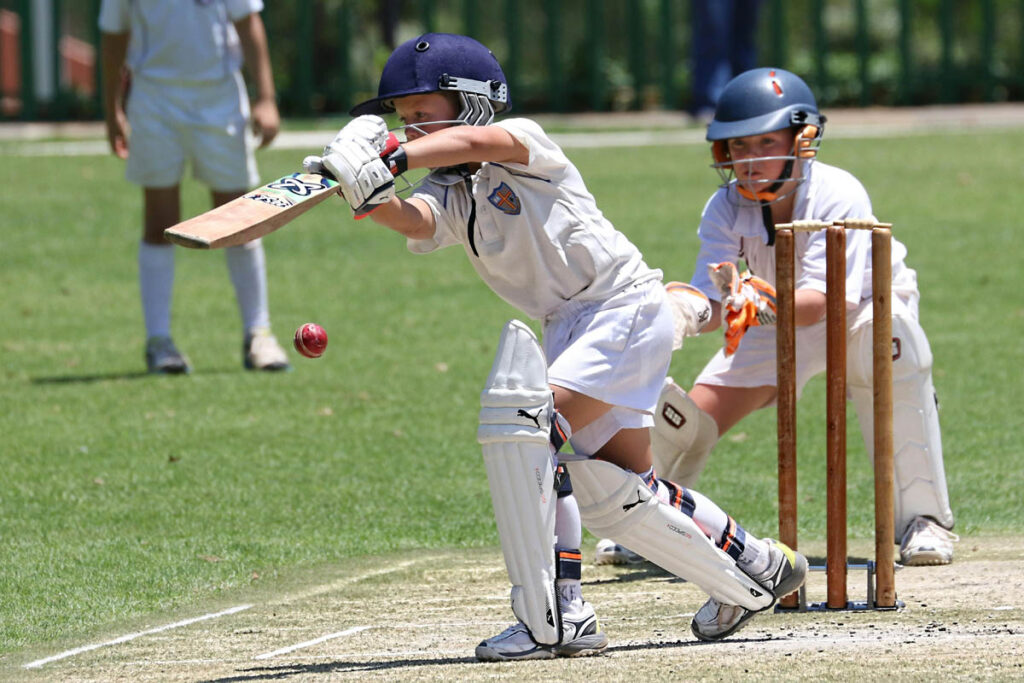
3. Changing Perspectives
Don’t be afraid to experiment with different angles. Shooting from low to the ground or from above can create unique and engaging images that stand out.
4. Environmental Context
Including elements from the surrounding environment—like fans, stadium lights, or weather conditions—can enhance the narrative of your photographs.

Post-Processing Techniques
1. Editing Software
Use software like Adobe Lightroom or Photoshop to enhance your images. Adjust exposure, contrast, and sharpness to bring out the best in your shots.
2. Cropping and Composition
Crop your images to eliminate distractions and improve framing. Be mindful of maintaining resolution when cropping.
3. Sharpening and Color Correction
Apply subtle sharpening to enhance details and adjust colors to ensure they are vibrant and true to life.
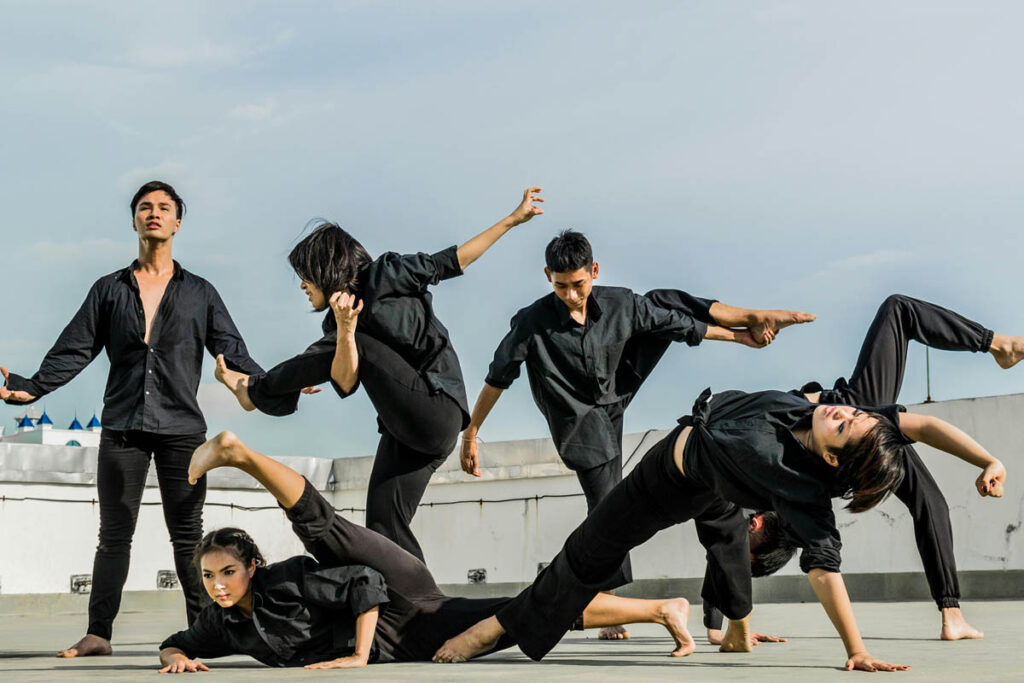
Conclusion
Sports photography is a rewarding but demanding field that combines technical expertise with a passion for storytelling. By understanding your equipment, mastering composition techniques, and anticipating the action, you can capture powerful images that convey the excitement and emotion of athletic competition. With practice and dedication, your sports photography can not only document events but also evoke the spirit of sportsmanship and competition that inspires us all. Embrace the challenge and let your unique vision shine through in your photographs!

